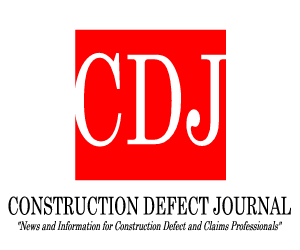
Consider the following if you transition your workforce to a remote working environment.
Many employers have elected to implement a remote work policy in light of the COVID-19 coronavirus outbreak. If you are one of them, you should consider the following as you transition your workforce to a remote working environment.
Preliminary Steps
The first step prior to implementation is ensuring that you have sufficient technological infrastructure and capabilites. You should assess what types of equipment (e.g., desktop computers, laptops, phones, printers, and office supplies) your employees will need to work remotely, and ensure that there is sufficient inventory and that employees can gain access to the equipment. You should also confirm that you have data security measures in place and brief employees on best practices for security and protection of data. You should refer employees to your organization’s technology policy regarding the safeguarding of data. If none exist, you should strongly consider creating and implementing one. One of the more important aspects of any policy is restrictions on where employees may work remotely. For example, some employers prohibit employees from working remotely on public wifi networks due to security concerns. Whether these or other policies are right for your organization depends on the nature of your work and data, security measures you have in place, and your risk tolerance.
Beyond technology issues, you should prepare a checklist of necessary work items and materials that employees will need to perform their jobs remotely. You should also clearly communicate to employees which items may be removed from the workplace and taken home and which should remain.
Mr. Lem may be contacted at pkl@paynefears.com




